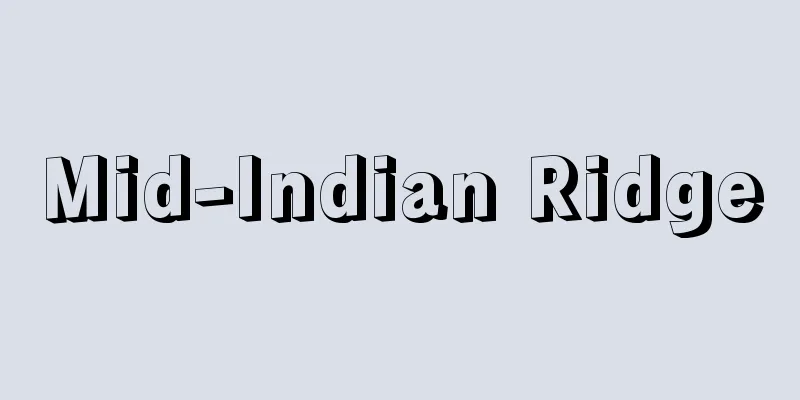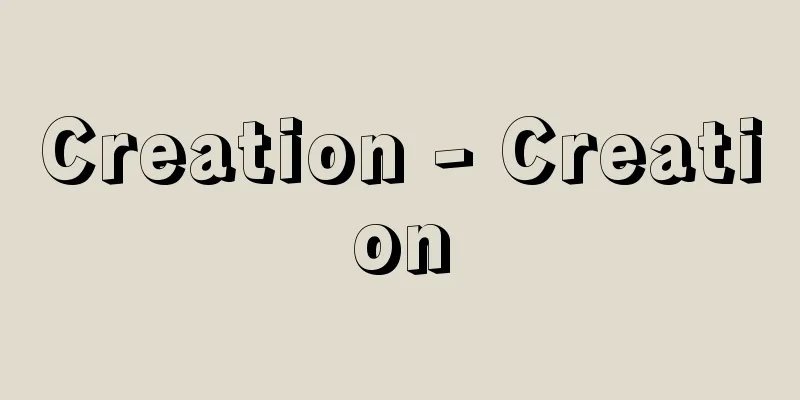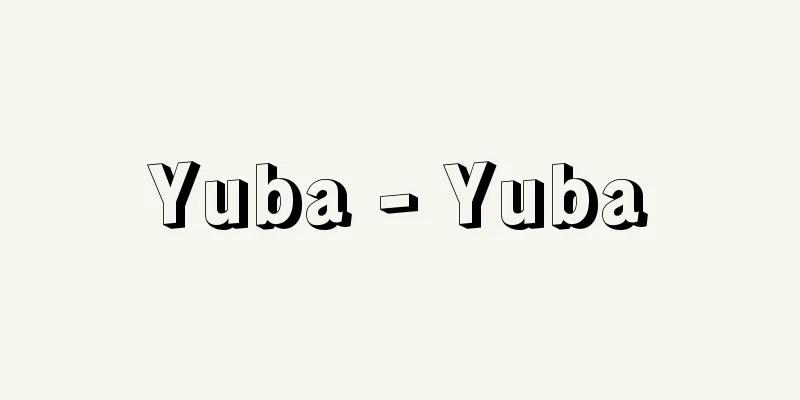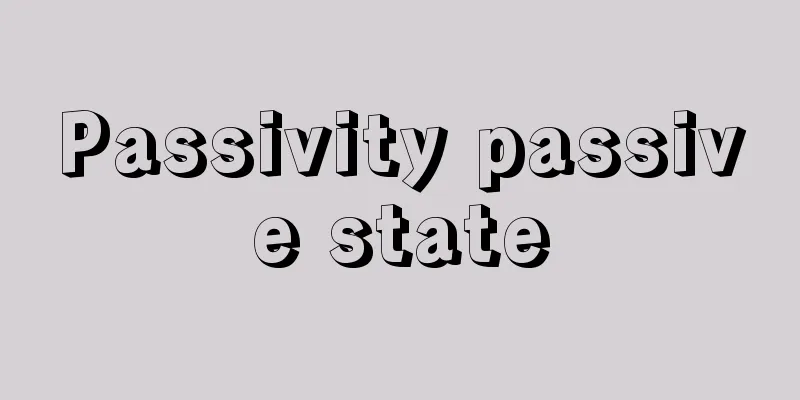Foundations of Geometry
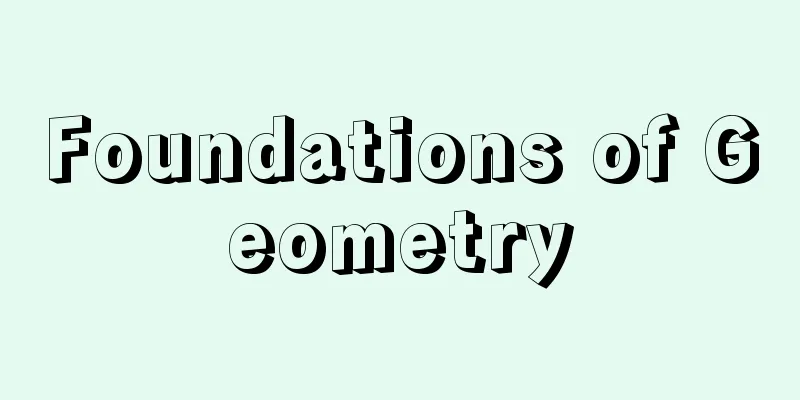
|
It is an attempt to clarify the mathematical structure of geometry by closely examining the mutual relationships between the axioms that form the basis of geometry. Doubts about the fifth postulate (parallel axiom) in Euclid's "Elementum Geometrie" ("Stoikeia") were put to rest with the discovery of non-Euclidean geometry around 1830. Riemann then defined manifolds, which are an extension of the concept of space, and founded what is now called Riemannian geometry. This geometry is more general, embracing both Euclidean and non-Euclidean geometry. In the Erlangen Catalogue, Klein also showed that for every transformation group, there is one geometry, providing a basis for the reason why there can be many geometries. For example, affine geometry was born as a geometry that investigates the properties of space that are invariant under affine transformations, and the concept of projective transformation groups, which are transformation groups corresponding to projective geometry, was also clarified. While new geometric discoveries continued in this way, there was also a growing reexamination of Euclidean geometry itself. [Tachibana Shunichi] Hilbert's Foundations of GeometryHilbert completely reconsidered the definitions and postulates in the Originals, and pioneered a new field of research in geometry by closely examining the interrelationships between the postulates (1899). The Originals starts with 23 definitions, 5 postulates, and 5 axioms. The axioms are propositions about mathematics in general, such as "the whole is greater than the part" and "things equal to the same are equal to each other," so they will not be explained below. The definitions are explanations of terms, and begin with, for example, "a point is a position without size" and "a line is a length without width." The first problem here is that a system built on such vague definitions is uncertain no matter how rigorous the argument. The second problem is the postulates (now called axioms). There is no explanation of the postulates in the Originals. Until then, the postulates had been interpreted as obvious facts that did not need to be proven. However, if this were the case, it would mean that there could only be one Euclidean geometry, which contradicts the possibility of other geometries existing. The second problem is how to interpret the postulates. To solve these problems, Hilbert invented the concept of "undefined", and postulates are the agreements between undefined elements and undefined relations. Since points, lines, and planes are undefined elements, we can tentatively name them Iro , Ha- ni , and Ho-he . Also, since "through", "on", and "congruent" are undefined relations, we can write them as Ai , Ue , and Oka , respectively. Then, for example, the proposition "There is always one line that passes through two points" becomes "There is always one Ha that loves two colors ". Axioms are agreements about the symbols Iro , Ha- ni , Ho-he , Ai , Ue , Oka, etc. , and geometry is about investigating the relationships between these symbols through arguments while following the agreements stated in the axiom system. Since the meaning of each symbol is not defined, people can have their own free images of them, but the only issue is that they are bound to each other by the axioms. The reason why we use the words "dots," "straight lines," etc. instead of " colors ," "flowers," etc. is simply because it makes it easier to imagine and is more convenient in practice. In the Original, geometry is developed using only proofs starting from five postulates, but on closer inspection, there are some parts where the arguments rely not only on proofs but also on diagrams. To eliminate such problems of lack of rigor, Hilbert adopted the following axioms as promises between undefined elements and undefined relations: (1) eight axioms of combination, (2) four axioms of order, (3) five axioms of congruence, (4) one axiom of parallel lines, and (5) two axioms of continuity. This axiom system was the first to show that the geometry dealt with in the Original became a science of proofs. Furthermore, Hilbert required that the axioms be mutually consistent, mutually independent, and that the axiom system be complete, and proved the above axiom system. Complete here means that the propositions of geometry stated in the terms of the axiom system can always be judged to be true or false. Hilbert's method of reasoning was subsequently applied not only to geometry but also to other areas of mathematics, making a significant contribution to the development of mathematical foundations. [Tachibana Shunichi] [References] | | |Source: Shogakukan Encyclopedia Nipponica About Encyclopedia Nipponica Information | Legend |
|
幾何学の基礎をなす公理間の相互の関係を詳しく検討することによって、幾何学の数学的構造を明らかにしようとする試みをいう。ユークリッドの『幾何学原本』(『ストイケイア』)にある第五公準(平行線公理)への疑問は、1830年前後の非ユークリッド幾何学の発見によって終止符を打たれた。その後リーマンは空間概念の拡張である多様体を定義し、今日リーマン幾何学とよばれる幾何学を創始した。この幾何学はユークリッド、非ユークリッド両幾何学を包含した、より一般性をもつ幾何学である。また、クラインはエルランゲン目録において、一つの変換群があるごとに一つの幾何学が対応することを示して、幾何学が多数存在しうる理由を基礎づけた。たとえば、アフィン変換で不変な空間の性質を調べる幾何学としてアフィン幾何学が誕生し、また、射影幾何学に対応する変換群として射影変換群の概念も明確になった。このように新しい幾何学の発見が続く一方で、ユークリッド幾何学そのものへの反省も生まれてきた。 [立花俊一] ヒルベルトの幾何学基礎論ヒルベルトは『原本』における定義、公準を根底から考え直し、公準間の相互関係を詳しく検討するという幾何学の新しい研究分野を開拓した(1899)。『原本』は23個の定義、5個の公準、5個の公理から出発している。ここでの公理は「全体は部分より大きい」「同じものに等しいものはまた互いに等しい」というような数学一般についての命題であるから、以下の説明からは省く。定義は用語の説明で、たとえば「点とは大きさのない位置である」「直線とは幅のない長さである」のように始められている。ここで第一の問題は、このようなあいまいな定義をもとにして建設された体系はいかに論証が厳密であっても不確かではないか、という点である。次に、公準(現在は公理とよばれている)についての疑問である。『原本』では公準についてなんの説明もなされていない。それまで公準は、証明する必要のない明白な事実と解釈されていた。しかし、であるとすれば幾何学はユークリッド幾何学ただ一つしか存在しえないということになり、他の幾何学が存在しうることと矛盾してしまう。そこで公準をどう解釈するかが第二の問題となる。ヒルベルトはこれらの問題を解決するために「無定義」という概念を創始し、公準とは無定義要素と無定義関係の間の約束とした。点、直線、平面は無定義要素であるから、これらをかりにいろ、はに、ほへと名づけてもよい。また「通る」「上にある」「合同」は無定義関係であるから、これらをそれぞれあい、うえ、おかと書いてもよい。すると、たとえば、「2点を通る直線はかならず一つ存在する」という命題は「二つのいろをあいするはにはかならず一つ存在する」となる。公理は記号いろ、はに、ほへ、あい、うえ、おかなどについての約束とし、公理系で述べられた約束を守って論証によってこれら記号の間の関係を調べていくのが幾何学であるとした。記号それぞれの意味は定めてないから人によって自由なイメージをもちうるが、公理によって互いに束縛されている点だけを問題とすればよい。いろ、はに……のかわりに点、直線……ということばを用いるのは、それによってイメージがもちやすくなり実用上便利であるからにすぎないとする。 また『原本』では5個の公準から出発して論証のみを用いて幾何学を展開したことになっているが、詳しく調べてみると、論証だけでなく図に頼って議論を進めている部分もある。そのような厳密さに欠ける問題点をなくすために、ヒルベルトは、(1)8個の命題からなる結合の公理、(2)4個からなる順序の公理、(3)5個からなる合同の公理、(4)1個の平行線公理、(5)2個の連続の公理を、無定義要素と無定義関係の間の約束として公理系に採用した。そして、この公理系によって初めて、『原本』で扱った幾何学が本当に論証の科学になることを示した。さらにヒルベルトは、公理が互いに矛盾がないこと、互いに独立であること、公理系が完全であること、を要請し、上述の公理系についてそれらを証明した。ここで完全とは、公理系の用語で述べた幾何学の命題はかならず正否が判定できることをいう。ヒルベルトのこのような論法は、以後幾何学のみならず数学の他の部門にも適用されて、数学基礎論の発展にも大きく寄与した。 [立花俊一] [参照項目] | | |出典 小学館 日本大百科全書(ニッポニカ)日本大百科全書(ニッポニカ)について 情報 | 凡例 |
>>: Geometry - kigagaku (English spelling) geometry
Recommend
Emitter Coupled Logic Circuits
… ECL (emitter coupled logic circuit) is a typica...
Tratte
…By the way, there is another point worth mention...
Shufuren (English name) Japan Housewives Association
Founded in 1948 as a pioneering consumer group. It...
Kyoto side
A name indicating the lineage of gagaku experts (c...
Crane Trick - Crane Trick
...The wings have finely branched veins at the ti...
《Drinking and Drinking Standards》
...It could be called a household encyclopedia, a...
Firozabad (English spelling)
…He built irrigation systems in northern India, c...
Reiganji Temple
This is a Jodo sect temple located in Fukagawa Sh...
Dowa education - Dowa education
Educational activities organized in relation to t...
Yamaguchi Koken
Year of death: September 2, 1920 Year of birth: Ap...
Sea Song - Kaiuta
...Note that shells with poems written on them ar...
Kanegawa alluvial fan
...The fault lines on the northern Chichibu Mount...
Reed Hut - Ashinokariho
...He later became known as Hikorokuro and his pe...
Kiyon
1724‐1805 A Chinese scholar in the mid-Qing Dynast...
Greenberg, J.
...The second change is that linguistic classific...
